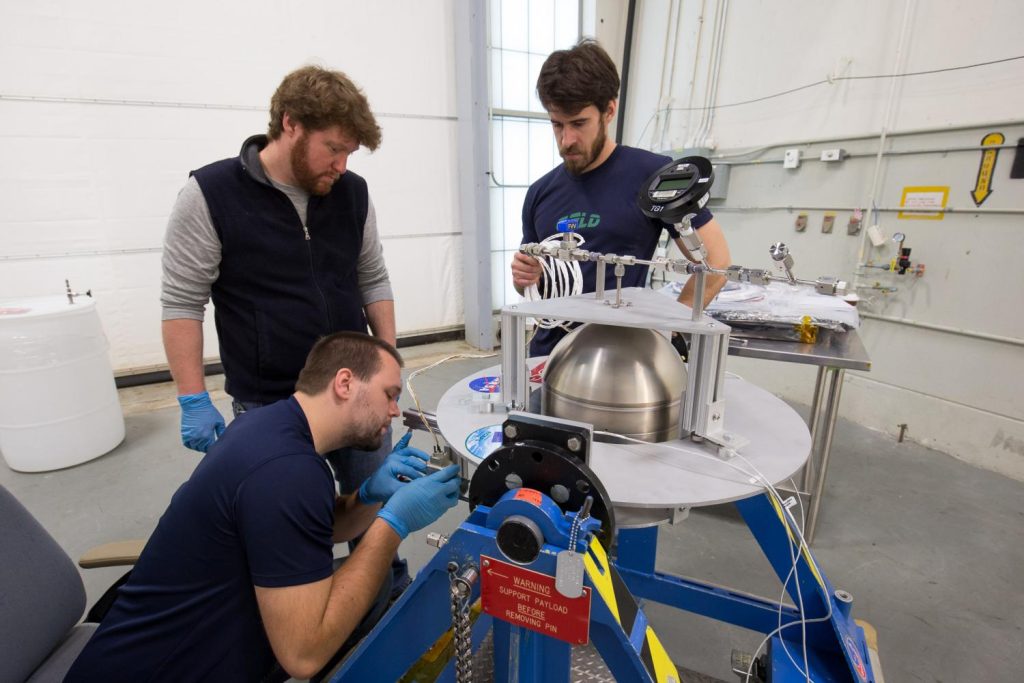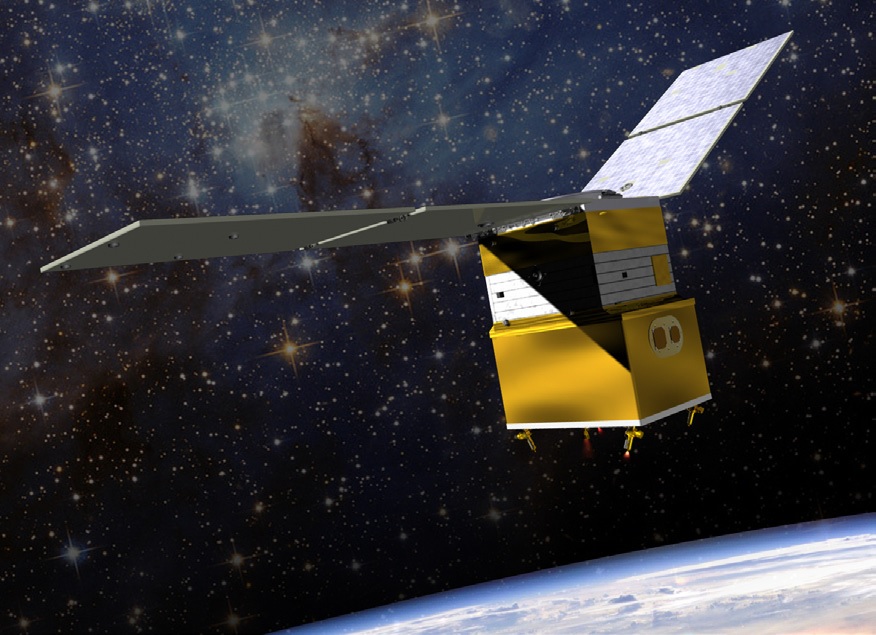As humanity ventures further into the cosmos, space exploration has become an integral part of our future. However, the traditional propulsion systems used in rockets and spacecraft have raised concerns about their environmental impact and safety. To address these issues, scientists and engineers have been exploring the potential of “green propellants” – a new class of propellants that offer a more sustainable approach to space travel. In this article, we will delve into the world of green propellants, their advantages, applications, challenges, and their role in paving the way to sustainable space exploration.
What Are Green Propellants?
Green propellants, as the name suggests, are environmentally friendly alternatives to conventional rocket propellants. They are designed to minimize the release of harmful byproducts and pollutants into the atmosphere, making them less detrimental to both the environment and human health. These propellants aim to strike a balance between efficient propulsion and eco-consciousness, providing a more sustainable means of space travel.
Advantages of Green Propellants

Environmental Benefits
One of the primary advantages of green propellants is their reduced environmental impact. Traditional rocket propellants, such as hydrazine, release toxic substances into the atmosphere, contributing to air pollution and posing health risks. In contrast, green propellants produce fewer harmful emissions, helping to mitigate the adverse effects on the Earth’s atmosphere.
Safety and Handling
Another crucial advantage of green propellants is their improved safety during storage, handling, and transportation. Hydrazine, which has been commonly used in space missions, is highly toxic and requires strict safety protocols. Green propellants, with their less hazardous nature, ease the burden of safety measures, making space missions safer for personnel and the surrounding environment.
Cost-effectiveness
While transitioning to green propellants may involve initial investments in research and development, they often prove to be more cost-effective in the long run. With an increasing demand for sustainable space missions, economies of scale and technological advancements are expected to further reduce the production costs of green propellants.
Types of Green Propellants
Several types of green propellants are being explored for space missions. Some of the prominent ones include:
Hydroxylammonium Nitrate Fuel/oxidizer Mixture (AF-M315E)
AF-M315E is a promising green propellant that has shown potential for various space missions. Its combination of hydroxylammonium nitrate as fuel and oxidizer offers a high-performance alternative to traditional propellants.
LMP-103S and LMP-103M
LMP-103S and LMP-103M are liquid propellants known for their hypergolic properties. They ignite spontaneously upon contact, simplifying the ignition process and increasing mission reliability.
Iodine Pentafluoride (NTO)
Iodine Pentafluoride, also known as NTO, is a green propellant that serves as an alternative oxidizer. It offers excellent performance and is being considered for various space missions.
Others
Apart from the mentioned propellants, researchers are actively exploring other green propellant options, each with its unique advantages and applications.
Applications of Green Propellants
Small Satellite Missions
Green propellants are well-suited for small satellite missions due to their compactness and efficiency. These missions often require precise and controlled maneuvers, which green propellants can achieve effectively.
Interplanetary Missions
As humanity aims to explore distant planets and moons, green propellants can play a crucial role in extending the reach of interplanetary missions. Their enhanced safety and efficiency make them ideal for long-duration journeys.
Resupply Missions to the International Space Station (ISS)
The ISS depends on regular resupply missions to sustain its operations. Green propellants can offer a safer and more sustainable solution for these missions, reducing the environmental impact of space activities.
Human Spaceflight
For crewed missions to space, safety is of utmost importance. Green propellants provide a safer option for carrying astronauts to their destinations, ensuring their well-being throughout the journey.
Others
Green propellants have the potential to be utilized in various other space missions, ranging from scientific explorations to deep-space endeavors.
Challenges and Limitations
While green propellants hold immense promise, they also face some challenges and limitations that need to be addressed:
Performance and Efficiency
Compared to conventional propellants, green propellants may have lower specific impulse and thrust capabilities, impacting the overall performance of space missions. Researchers are continually striving to optimize their performance.
Storage and Stability
Some green propellants have specific storage requirements and may exhibit stability issues over extended periods. Ensuring their reliability and longevity is crucial for mission success.
Regulatory Hurdles
Transitioning to green propellants may require compliance with new regulations and safety standards. Adapting to these changes and gaining approvals can be a complex process.
Current and Future Developments
Ongoing Research and Testing
Scientists and engineers worldwide are actively conducting research and testing on various green propellant formulations to improve their efficiency and performance.
Industry Collaborations
The aerospace industry is witnessing collaborations between private companies and government agencies to accelerate the development and adoption of green propellants.
Government Initiatives
Various governments are funding projects aimed at developing and utilizing green propellants for space missions, recognizing the importance of sustainable space exploration.
The Road Ahead
As technology advances and our understanding of green propellants deepens, we can expect even more significant strides in the field of sustainable space exploration.

Leave a Reply